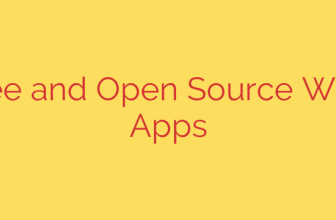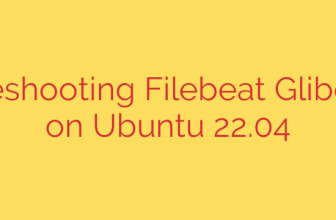
The Silent Threat in AI: Why Loading Machine Learning Models Can Be a Major Security Risk
In the world of artificial intelligence, pre-trained models are a cornerstone of rapid development. From natural language processing to image recognition, developers rely on massive, open-source models from hubs like Hugging Face to build powerful applications without starting from scratch. But this convenience hides a significant and often overlooked security vulnerability: the simple act of loading a model can open the door to a complete system compromise.
The danger isn’t in the model’s predictions, but in the file itself. Many machine learning models are saved and distributed in formats that can contain more than just mathematical weights—they can contain executable code. When your application loads one of these files, it could be running malicious commands planted by an attacker.
The Core of the Problem: Unsafe Serialization
The problem lies in how these models are saved and loaded. Many are packaged using serialization formats like Python’s pickle (.pkl files), which is designed to convert a Python object into a byte stream. While incredibly versatile, this format has a critical design flaw from a security perspective.
When a .pkl file is “unpickled” or loaded, the process can trigger the execution of arbitrary code. An attacker can craft a malicious model file that, upon being loaded by pickle.load(), does far more than just set up a neural network. It could:
- Scan your file system for sensitive data like API keys or passwords.
- Establish a reverse shell, giving the attacker direct command-line access to your server.
- Install ransomware or other malware.
- Use your server’s resources for cryptocurrency mining or to launch attacks on other systems.
This type of vulnerability is known as arbitrary code execution (ACE), and it is one of the most severe security threats an application can face. Because the code runs with the same permissions as the application loading the model, the potential for damage is immense. The pickle format was not designed with security in mind; it was built to be powerful, and it implicitly trusts the data it is loading.
You Can’t Judge a Model by Its Cover
An attacker can easily take a legitimate, high-performing model, inject a malicious payload into its file, and redistribute it on forums, in public repositories, or through social engineering. The model will still function as expected, passing all performance tests, while silently compromising the system in the background.
This makes detection extremely difficult. Your application won’t crash or throw an error. The model’s outputs will look normal. The only sign of a breach might be unusual network activity or a system administrator discovering the intrusion long after the damage is done.
How to Protect Yourself: Secure Model Loading Practices
Trusting every pre-trained model file is like running an unknown executable file downloaded from the internet. Developers and organizations must adopt a security-first mindset. Here are essential, actionable steps to mitigate this risk.
Use Safer File Formats
The most effective defense is to avoid insecure formats altogether. For years, the community lacked a mainstream, secure alternative, but that has changed. Thesafetensorsformat is the new standard for model security. Developed specifically to address this vulnerability, SafeTensors files can only contain the necessary tensor data for a model. They do not allow for executable code, completely eliminating the risk of arbitrary code execution during the loading process. Whenever possible, exclusively use models saved in the.safetensorsformat.Always Vet Your Sources
Only download models from official, trusted repositories and publishers. Be extremely cautious about using models from unverified sources or links shared on public forums. Treat model files with the same skepticism you would any other executable software. Before using a model, check its origin, its publisher’s history, and look for community feedback or security audits.Scan and Inspect Models Before Loading
If you absolutely must use a model in a format like.pkl, you must treat it as untrusted. Use security tools designed to scan pickle files for suspicious code without actually executing it. These scanners can help identify potentially malicious operations embedded within the file, giving you a chance to catch a threat before it’s too late.Isolate Your Environments
Never load or experiment with untrusted models in a production environment or on a machine containing sensitive data. Use sandboxing techniques, such as Docker containers or virtual machines, to create an isolated environment. If a malicious model does execute code, the damage will be contained within that sandbox, preventing it from spreading to the host system or network.
As AI becomes more integrated into critical systems, securing every part of the pipeline is non-negotiable. The convenience of pre-trained models is undeniable, but it must not come at the cost of fundamental security. By understanding the risks of model loading and adopting safer practices, we can build more robust and resilient AI applications.
Source: https://www.helpnetsecurity.com/2025/10/03/research-ai-model-security-risks/








